
Copernical Team
Astronomers spy quartet of cavities from giant black holes
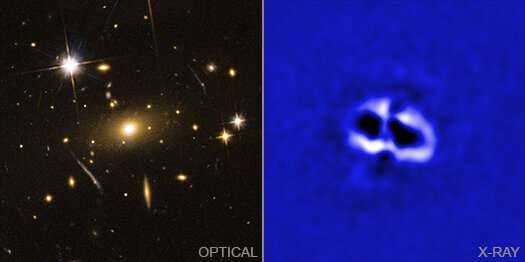
Scientists have found four enormous cavities, or bubbles, at the center of a galaxy cluster using NASA's Chandra X-ray Observatory. This unusual set of features may have been caused by eruptions from two supermassive black holes closely orbiting each other.
Galaxy clusters are the largest structures in the universe held together by gravity. They are a mixture of hundreds or even thousands of individual galaxies, enormous amounts of hot gas, and unseen dark matter. The hot gas that pervades clusters contains much more mass than the galaxies themselves, and glows brightly in X-ray light that Chandra detects. An enormous galaxy is usually found at the center of a cluster.
A new Chandra study of the galaxy cluster known as RBS 797, located about 3.9 billion light-years from Earth, uncovered two separate pairs of cavities extending away from the center of the cluster.
Inaugural Space Resources Challenge for driving and walking rovers
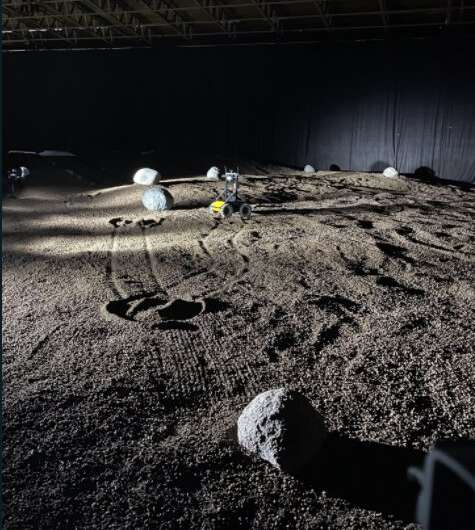
Driving and walking rovers competed to survey a shadowy analog of the south polar lunar surface for useable resources during the inaugural ESA-ESRIC Space Resources Challenge. Some 13 teams from across Europe and Canada took part in last month's field test, with the winners due to be announced shortly.
The Space Resources Challenge—supported by ESA and the European Space Resources Innovation Centre (ESRIC) in Luxembourg—is asking European (and Canadian) researchers and institutions to develop and demonstrate a system of one or more vehicles capable of prospecting resources on the Moon in the near future.
Massimo Sabbatini, overseeing the contest for ESA, comments: "ESA is analyzing the results of the first field test of the Challenge and the competition is fierce. There was a wide range of participants and technological solutions to the problem of prospecting: notably different locomotion techniques—legged, wheeled, tracked, and so on—and approaches, such as single versus multiple vehicles and aerial vehicles. The jury is out!"
The emphasis of the contest is on prospecting: pinpointing promising resources within a difficult lunar environment then characterizing them in as much detail as possible, such as through visual inspection or spectral analysis.
NASA scientist discusses Parker's journey to the sun
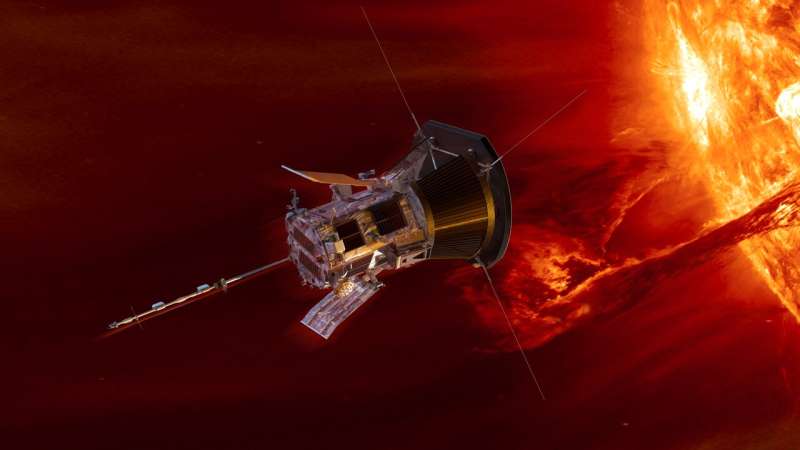
Sixty years ago, NASA set an out-of-this-world goal: to touch our sun. Sending a spacecraft to the fiery star at the center of our solar system is no small feat. From engineering a spacecraft that could hurtle 430,000 mph through space to agreeing on what kinds of data it would capture, there was a lot to sort out. A half-century in the making, Parker Solar Probe finally launched in 2018. Now, three years later, it has touched the sun.
NASA Program Scientist Kelly Korreck serves as head of science operations and project manager for the Solar Wind Electrons Alphas and Protons, or SWEAP, investigation. SWEAP is one of four instrument suites aboard Parker Solar Probe. SWEAP includes a cup that sits outside the spacecraft's heatshield to scoop up some of the sun's plasma.
SpaceX CRS-24 launching multiple life science investigations to the International Space Station
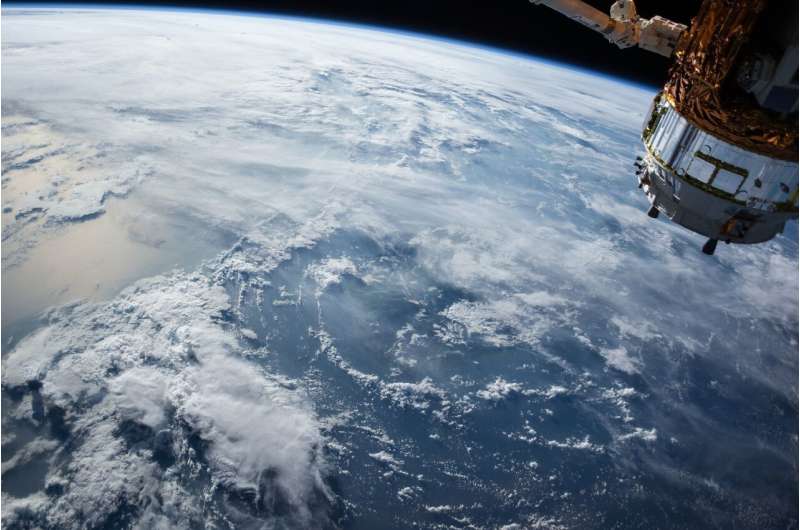
The microgravity environment on the International Space Station (ISS) has a profound impact on cells and tissues, allowing researchers to conduct life sciences research in ways not possible on the ground. SpaceX's 24th Commercial Resupply Services (CRS) mission to the orbiting laboratory will deliver a variety of life science payloads sponsored by the ISS National Laboratory. From stem cell research on neurodegenerative diseases to a tissue chip experiment studying the blood-brain barrier and an investigation testing the use of bacteria to protect DNA from the stresses of spaceflight—the research launching on this mission is helping to improve the quality of life for people on Earth.
Microgravity affects organisms—from bacteria to humans—inducing changes such as altered gene expression and DNA regulation, changes in cellular function and physiology, and 3-D aggregation of cells. Research leveraging these effects can drive advances in pharmaceutical development, disease modeling, regenerative medicine, and many other areas within the life sciences. Below are highlights of several life sciences investigations sponsored by the ISS National Laboratory that are launching on SpaceX CRS-24.
The National Stem Cell Foundation is collaborating with the Exomedicine Institute on a unique 3-D study of neurodegeneration in the absence of gravity using cells from patients with primary progressive multiple sclerosis (PPMS) and Parkinson's disease (PD).
Kitesurfing the white wilderness for polar science
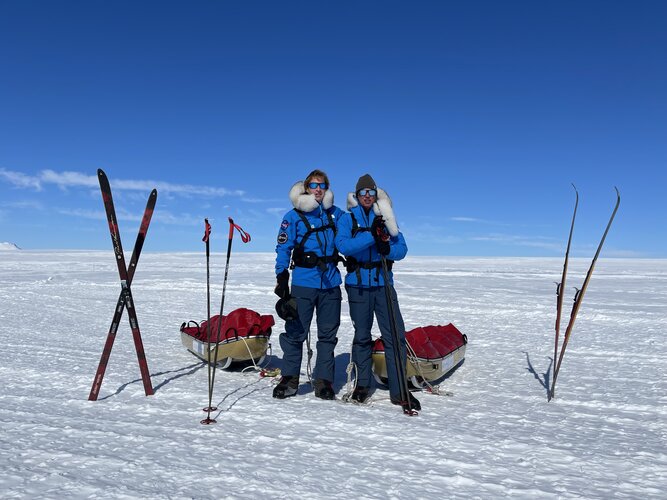
In an astonishing feat of endurance, explorers Justin Packshaw and Jamie Facer Childs are a quarter of the way through a 3600-km kitesurf trek that takes them across the desolate heart of Antarctica. They are not pushing their physical and mental limits to the brink, facing howling gales and temperatures of –55°C just for the sake of adventure. They are gathering information to help scientists better understand how the body responds to extremes and taking unique measurements of their ice environment that will help complement ESA’s CryoSat mission to better understand how this giant ice
Did black holes form immediately after the Big Bang?
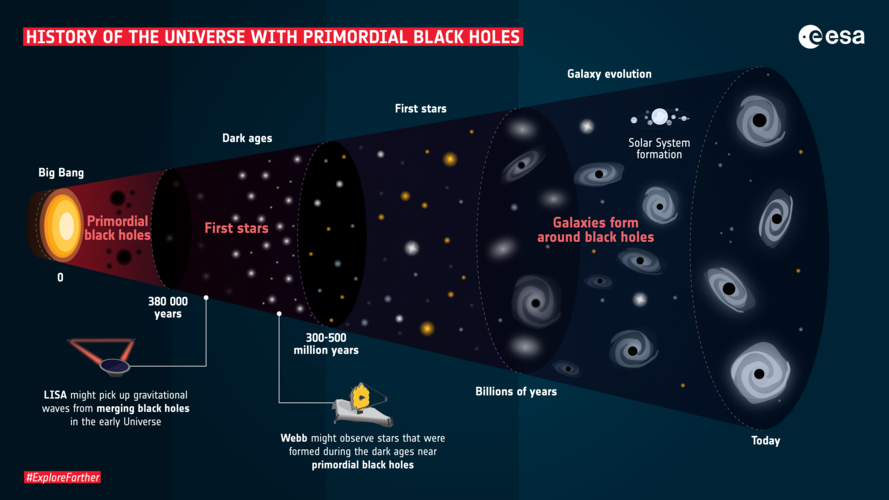
How did supermassive black holes form? What is dark matter? In an alternative model for how the Universe came to be, as compared to the ‘textbook’ history of the Universe, a team of astronomers propose that both of these cosmic mysteries could be explained by so-called ‘primordial black holes’.
Airbus and OneWeb expand their partnership to connect European defence and security forces
 Airbus and OneWeb have signed a distribution partner agreement to provide low Earth orbit (LEO) satellite communication services for military and governmental use. As the leading provider of military satellite communication services in Europe, Airbus will offer new communication services utilising the OneWeb constellation to select European and UK armed forces, and civil protection and security
Airbus and OneWeb have signed a distribution partner agreement to provide low Earth orbit (LEO) satellite communication services for military and governmental use. As the leading provider of military satellite communication services in Europe, Airbus will offer new communication services utilising the OneWeb constellation to select European and UK armed forces, and civil protection and security India May Become 1st in Line to Buy Russian Air Defense System S-500
 India may become the first in line to but Russian air defense system S-500, if it expresses such a desire, after the Russian Armed Forces receive them in required quantity, Russian Deputy Prime Minister Yury Borisov said.
"India will probably be the first on the list if it expresses a desire to buy these modern means," Borisov said in an interview with the RBC broadcaster.
He specifi
India may become the first in line to but Russian air defense system S-500, if it expresses such a desire, after the Russian Armed Forces receive them in required quantity, Russian Deputy Prime Minister Yury Borisov said.
"India will probably be the first on the list if it expresses a desire to buy these modern means," Borisov said in an interview with the RBC broadcaster.
He specifi Innovative silicon nanochip can reprogram biological tissue in living body
Tehran getting ready for space satellite launch
 In early December, Iranian media outlets reported that Tehran's civilian space programme stipulates launching four satellites, including one that was described as being "under the final phase of preparation".
Tehran appears to be getting ready for a space satellite launch amid the Vienna talks on the Iran nuclear deal, according to several satellite images showing alleged activity at the I
In early December, Iranian media outlets reported that Tehran's civilian space programme stipulates launching four satellites, including one that was described as being "under the final phase of preparation".
Tehran appears to be getting ready for a space satellite launch amid the Vienna talks on the Iran nuclear deal, according to several satellite images showing alleged activity at the I 



































